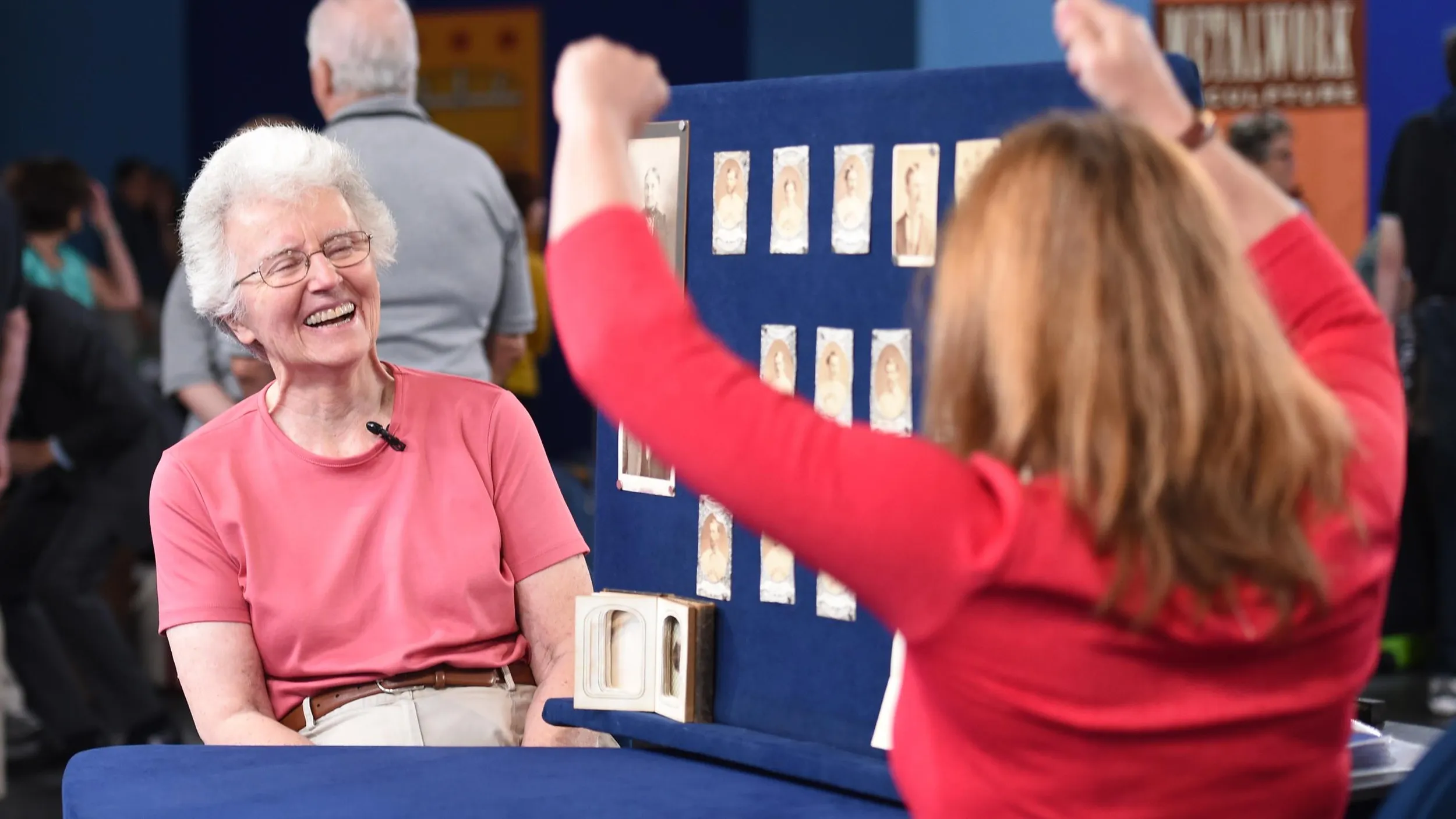GUEST: I got these from my father, and he got them from his parents' estate. One great-grandfather was in the American Navy from 1881 to 1911, and in the years 1881 to 1886, he was in China, so maybe it was a souvenir he brought home.
APPRAISER: Well, I'm glad you brought them. The China theory is one that has been floated in the marketplace for many years, but truthfully, I think they were made in Japan.
GUEST: Yeah.
APPRAISER: There was actually a company in Yokohama, Japan, that was called the George Washington Company. Can't make that up.
GUEST: Right.
APPRAISER: Right around 1907, 1908. What's happening in the American Navy then is Teddy Roosevelt is taking the Great White Fleet around the world, and your great-grandfather might have served on one of those ships in the Great White Fleet and went on shore and bought these as souvenirs. Records indicate that they were not necessarily inexpensive, that back in 1907, 1908, they might have cost a Navy man five to ten dollars each. That's a lot of money. Silk, back then, was not sold by the yard. Silk was sold by weight. And the people that made the silk washed the silk in lead, in a lead rinse. It made it very heavy, thus they got more money by the weight. They're stitched to this heavy paper and they're secure, and then they were folded to protect them. They lie flat, they're easy to transport, put back on the ship and take back home. And the colors are vibrant. This is all silk embroidery. Over here, what we have is a gouache. So in a way, although formulaic, they're individual pieces of art. The one close to you is George Washington crossing the Delaware, and over here is Farragut in a good Navy battle that would appeal to any Navy man.
GUEST: Yeah.
APPRAISER: So putting a value on them, I would feel comfortable saying around $1,200 to $1,500 insurance value each.
GUEST: Okay.
APPRAISER: It's a great story that I think our viewers can learn from.
GUEST: Oh, thank you. I have never seen anything like them.











